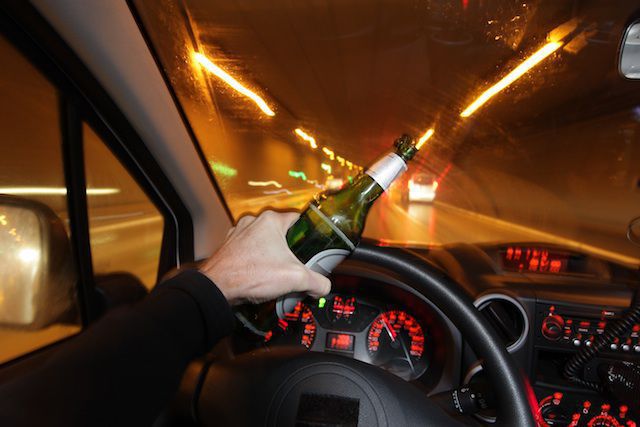
By now, everyone knows registering a blood alcohol concentration of 0.08 or higher will draw a charge and likely conviction for driving while intoxicated. Virginia, North Carolina and every other state have written that standard for determining when some is driving under the influence of alcohol into their statutes.
This has been true for decades, but many misperceptions about DUI/DWI and the dangers of drinking beer, wine or liquor before driving persist. The perception that a person must be fallen-down drunk before they put themselves and others at risk for injuries and death remains widespread. Relatedly, even experienced drinkers often fail to consider how drinking while taking prescription medications can impair performance behind the wheel.
Still other blind spots when it comes to driving under the influence exist regarding lower BAC limits for commercial truck drivers (0.04), aircraft pilots (0.02) and drivers younger than 21 (0.02 in many states). As personal injury and wrongful death lawyers who have practiced in Virginia, North Carolina and other states since the late 1980s, we have seen too many examples of how false beliefs and intentional misunderstandings about DUI/DWI result in tragedies.
LEARN MORE
- We Sue Drunk Drivers
- 5 Ways You Can Prevent Drunk Driving
- When Can the Victim of a Car Crash in Virginia Sue for Punitive Damages?
Drivers are safest when they stay fully sober. When that is not an option—either because a choice was made to drink or medications such as opioid painkillers are being used as prescribed—the best choices are to stay home, walk or arrange for a ride from someone who is sober.
Alcohol Impairs Driving Skills Quickly
The Centers for Disease Control and Prevention posts this table on its Impaired Driving: Get the Facts website.
|
Blood Alcohol Concentration (BAC)* |
Typical Effects |
Predictable Effects on Driving |
|---|---|---|
|
.02% |
|
|
|
.05% |
|
|
|
.08% |
|
|
|
.10% |
|
|
|
.15% |
|
|
The lesson no one should ignore is that a glass of wine with dinner or two beers with the gang after work does increase the risk for crashing, injuring someone else and, worst of all, taking a life.
Drivers Must Worry About More Than Alcohol
How fast you drink and whether you drink cocktails matter. For instance, taking several shots of liquor in rapid succession raises your BAC quickly. On the flip side of this equation, diluting alcohol with carbonated beverages or energy drinks masks the effects of intoxication while also speeding up the process. One of our personal injury clients fell victim to this phenomenon.
Carbonated drinks irritate the drinker’s stomach lining. That results in alcohol entering the bloodstream more quickly. Experts we consulted on behalf of our client explained that there is no definitive way to determine BAC at the exact moment of a crash because biological processes such as the absorption rate of alcohol depend so heavily on stomach contents, the use of mixers and the metabolism of the drinker.
EJL
yy
Many people figure a